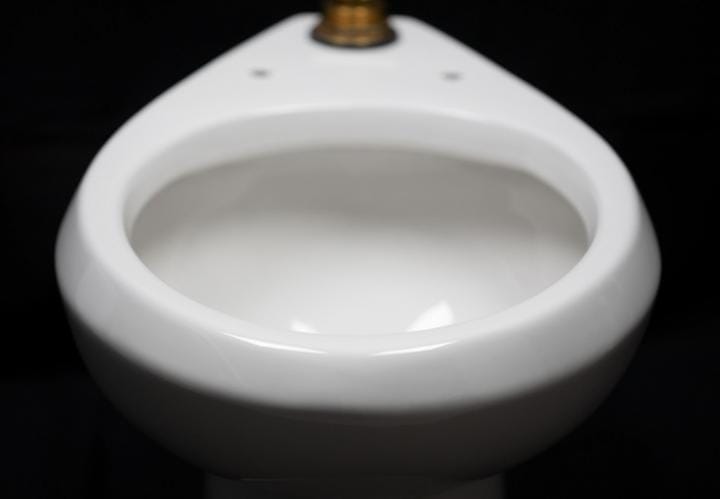More than 141 billion litres of water are used just to flush toilets each day, with millions of people around the world affected by water scarcity at the same time. According to the Penn State team, its coating can reduce the amount of water required to flush a toilet cleanly by 50 per cent, from six litres to just three litres.
Engineering consumer technology: Royal flush
Engineering a superbug fightback
"Poop sticking to the toilet is not only unpleasant to users, but it also presents serious health concerns," said Tak-Sing Wong, associate professor of mechanical engineering and biomedical engineering at Penn State.
"Our team has developed a robust bio-inspired, liquid, sludge- and bacteria-repellent coating that can essentially make a toilet self-cleaning."
Known as liquid-entrenched smooth surface (LESS), the coating is applied in a two-step spray. The first spray, created from molecularly grafted polymers, is the initial step in building an extremely smooth and liquid-repellent foundation.
"When it dries, the first spray grows molecules that look like little hairs, with a diameter of about 1,000,000 times thinner than a human's," said Jing Wang, a doctoral graduate from Wong's lab.

While this first application creates an extremely smooth surface in isolation, the second spray infuses a thin layer of lubricant around the nanoscopic polymers, creating an even more repellent surface for waste matter.
"When we put that coating on a toilet in the lab and dump synthetic faecal matter on it, it just completely slides down and nothing sticks to it," said Wang.
To commercialise the technology, the Penn State team has created a start-up company called spotLESS Materials, with support from the National Science Foundation, the Department of Energy, the Office of Naval Research and Y-Combinator, amongst others.
"Our goal is to bring impactful technology to the market so everyone can benefit," said Wong. "To maximise the impact of our coating technology, we need to get it out of the lab."





Poll: Should the UK’s railways be renationalised?
I think that a network inclusive of the vehicles on it would make sense. However it remains to be seen if there is any plan for it to be for the...